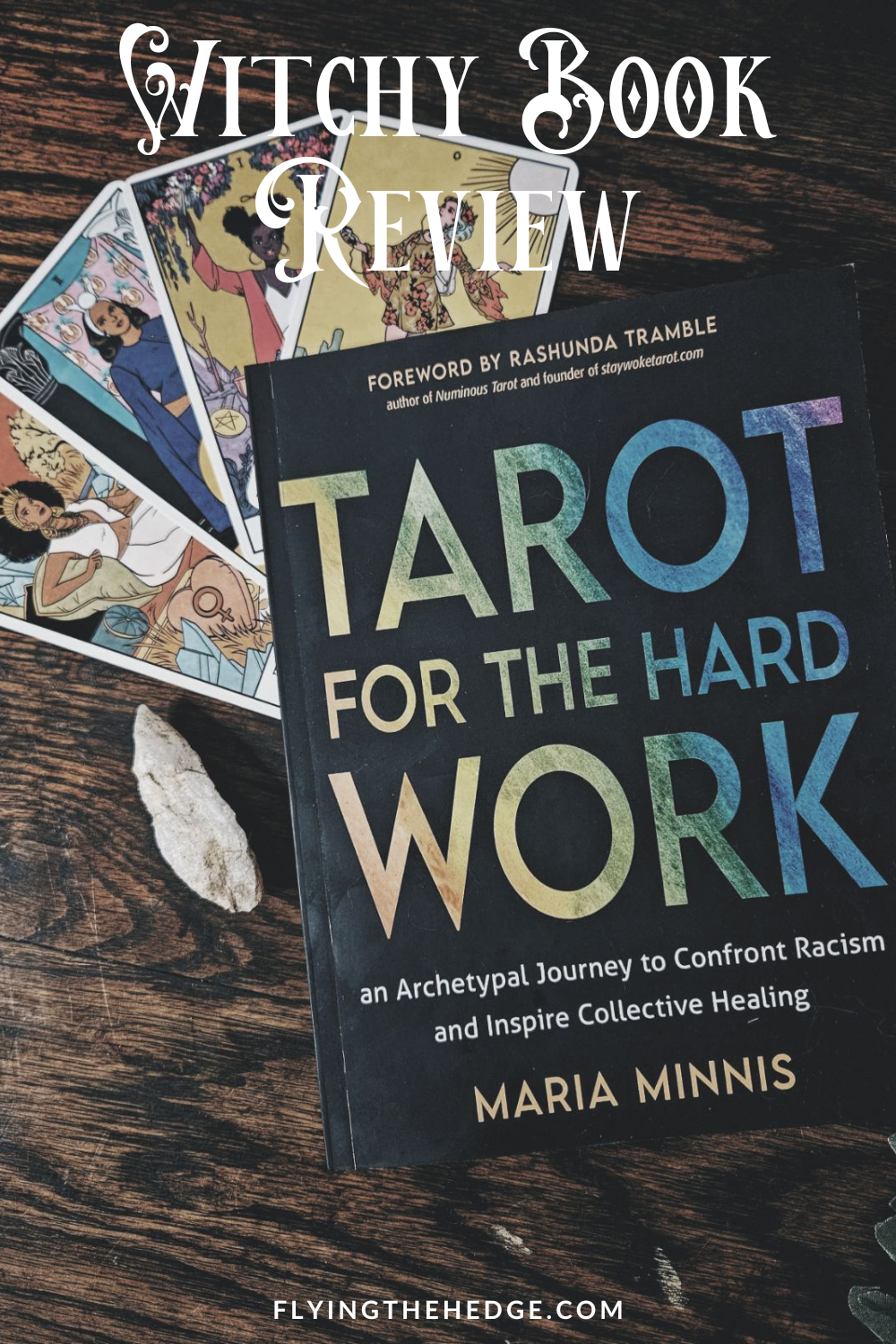Gender: Feminine
Planet: Venus
Element: Water
Powers: Healing, Love, Protection
Magical Uses and History: The raspberry was among some of the first fruits cherished by our ancestors with raspberry brambles being found at a variety of dig sites across Asia, Europe, and North America, suggesting that it was a staple in our ancestor's diet. While the modern raspberry is said to have moved into western North America via the Oregon Trail, it has naturalized and now grows wild across the continent. Needless to say, it has long been a staple in the human diet, and for a good reason. Not only are the fruits edible and full of micronutrients but the leaves can also be used to treat a variety of ailments, especially those related to the uterus. According to legend, raspberries were originally snow-white, but highly favored by the gods. In fact, the scientific name of raspberries, Rubus idaeus, means "bramble bush of Ida." Supposedly, a nursemaid caring for the infant Zeus pricked her finger on the thorns of the raspberry plant, drawing blood that dripped onto the berries, staining them red. As such, the raspberry is connected to blood, feminine energy, and fertility, which has been supported by folk and modern medicine. Raspberry leaf can strengthen and tone the tissue of the womb, as well as aid in contractions during childbirth and prevent hemorrhaging, increasing the chance of the mother surviving the ordeal. It was also used to increase milk production in humans and goats, as well as reduce period cramping and pain. In magic, raspberry fruits and leaves can be used in fertility spells and rituals, baked into pies or pressed into jam for the same purpose, in protection spells and rituals for women and children or any person with a uterus, or to bring loving, feminine energy to a spell.
Planet: Venus
Element: Water
Powers: Healing, Love, Protection
Magical Uses and History: The raspberry was among some of the first fruits cherished by our ancestors with raspberry brambles being found at a variety of dig sites across Asia, Europe, and North America, suggesting that it was a staple in our ancestor's diet. While the modern raspberry is said to have moved into western North America via the Oregon Trail, it has naturalized and now grows wild across the continent. Needless to say, it has long been a staple in the human diet, and for a good reason. Not only are the fruits edible and full of micronutrients but the leaves can also be used to treat a variety of ailments, especially those related to the uterus. According to legend, raspberries were originally snow-white, but highly favored by the gods. In fact, the scientific name of raspberries, Rubus idaeus, means "bramble bush of Ida." Supposedly, a nursemaid caring for the infant Zeus pricked her finger on the thorns of the raspberry plant, drawing blood that dripped onto the berries, staining them red. As such, the raspberry is connected to blood, feminine energy, and fertility, which has been supported by folk and modern medicine. Raspberry leaf can strengthen and tone the tissue of the womb, as well as aid in contractions during childbirth and prevent hemorrhaging, increasing the chance of the mother surviving the ordeal. It was also used to increase milk production in humans and goats, as well as reduce period cramping and pain. In magic, raspberry fruits and leaves can be used in fertility spells and rituals, baked into pies or pressed into jam for the same purpose, in protection spells and rituals for women and children or any person with a uterus, or to bring loving, feminine energy to a spell.
By the Medieval period, the raspberry was not only a food staple and a highly regarded medicinal plant, but it had made its way into Christian paintings where it represented kindness, righteousness, and spiritual merit as its leaves were trifoliate, thus representing the trinity. In some cases, the juice was also used to represent blood, its dark, rich color reminiscent of the blood of Christ. By the Victorian period, the raspberry was said to symbolize perfection, sweetness of character, and modesty. As such, raspberries can be used in spells to bring sweetness, kindness, or modesty or to represent blood.
Finally, raspberries have also been historically used for protection, especially for women and children. Not only have multiple cultures used raspberry to aid in childbirth, but the brambles were often placed in homes or near entryways to prevent unwanted spirits from entering the home or birthroom. In Germany, the brambles were used to tame bewitched horses. As such, raspberry brambles can be used in protection spells and rituals, hung in the home or birthing room, or carried on your person.
Raspberry can be used in a number of spells including:
Fertility Spells
Love Spells
Love Spells
Protection Magic
Banishing Magic
Banishing Magic
Medicinal Uses: Raspberry has a long and rich history in medicine, most often being used during pregnancy to strengthen and tone the tissue of the womb, aid in contractions, and reduce or prevent hemorrhaging during childbirth. It can also be used to aid in period pain and menstruation. Its anti-astringent properties can also be used to treat diarrhea, leukorrhea, mouth ulcers, bleeding gums, sore throats, and inflammation.
Preparation and Dosage: To create an infusion/gargle, combine 2 teaspoons of dried raspberry leaf with one cup of boiling water. Allow the mixture to infuse for 10-15 minutes. Drink freely or gargle as needed. As a tincture, 2-4 milliliters can be taken up to three times a day. Externally, the leaves can be used in a poultice to treat minor wounds or burns, especially when combined with slippery elm.
If you liked this post and would like to support future content, please consider leaving a small tip in the jar.







